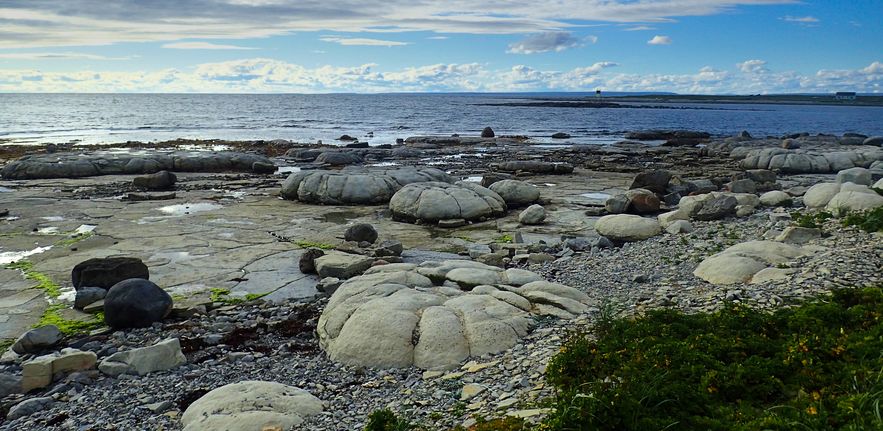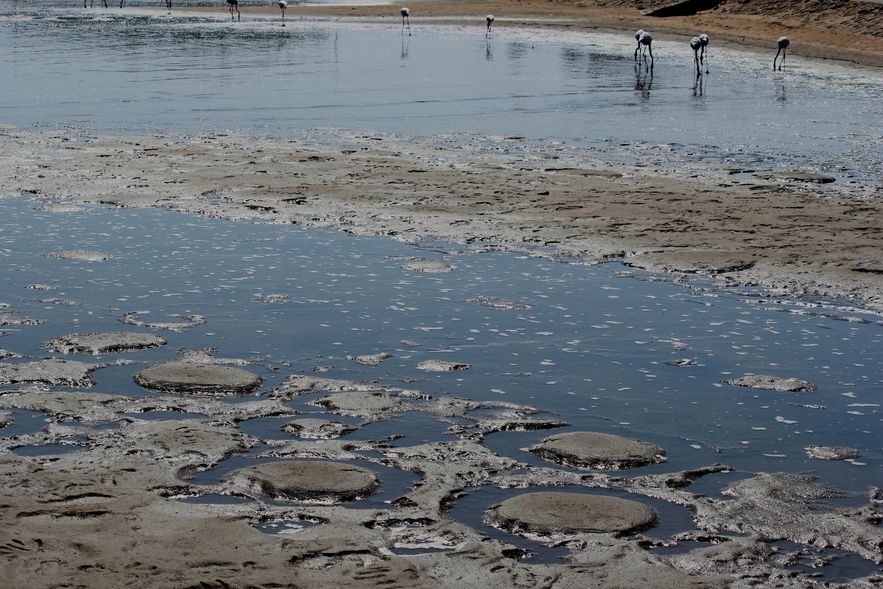Submitted by Administrator on Mon, 03/02/2020 - 11:36
According to Cambridge geologist Neil S. Davies and colleagues, Shakespeare was on the right track—again. Earth’s surface is indeed the stage upon which life has strutted its stuff, and has done so for the last 3.8 billion years. Billions of organisms have graced this stage, making their entrances and exits, but what was the impact of these ‘actors’? The answer has been locked up in Earth’s sedimentary record until now.
For over 3.8 billion years, surface processes and living organisms have interacted with the geological materials that form the Earth’s crust. These interactions have been archived in the sedimentary-stratigraphic record (SSR).
In an extensive review, researchers have assessed the role of life in shaping our planetary surface. This connection needs to be understood to predict future changes to our biosphere and to determine whether Earth is unique amongst known rocky planets. To provide an answer, researchers have reviewed the most complete and tangible record of planetary history we have available—namely the SSR.
Advances, made in recent decades, in interpreting this rock record have provided information about: changes in sea level, climate, and tectonics. However, until now, the role of biological activity has often been overlooked, and so it is this aspect of the rock record that Davies and his colleagues have been assessing.

Cambrian thrombolites—500-million-year-old interaction of microbes with seabed produced distinctive sediment mounds called thrombolites from Newfoundland, Canada.
For many decades, specific fossil records of biological interaction with their sedimentary environment have been described from strata exposed at different locations around the world. Together they encompass the history of life on Earth. Davies and colleagues show in their review that rather than being the passive repository of past interaction, the SSR archive is dynamic; revealing a long-term evolutionary synchrony between life and planetary surface processes. For instance, the SSR records major shifts in sediment deposition patterns beginning in the Ordovician (some 450 million years ago), which can be explained, using modern analogues, by the evolution of land plants; their appearance being synchronous with that of a palynological record of plant reproduction. Land plant evolution and dispersal over the continental land surfaces made an enormous impact on terrestrial environments.

Flamingos leave their mark in present-day sediments in Namibia. They generate circular structures when they trample mud to expose the small animals that they feed upon.
As the authors write: "Organisms did not change the laws of physics that underpin surface processes, such as fluid flow, or fluid-grain interactions; but their successive evolution involved progressive, fundamental, and irreversible alterations to the theatre in which these physical processes played out."
Douglas Palmer
Sedgwick Museum
Additional links:
Davies, N. S., Shillito, A. P., Slater, B. J., Liu, A. G., McMahon, W. J., 2019. Evolutionary synchrony of Earth’s biosphere and sedimentary-stratigraphic record. Earth-Science Reviews. DOI:10.1016/j.earscirev.2019.102979
Shakespeare, W., 1599. As you like it. Act 2, scene 7:
All the world’s a stage,
And all the men and women merely players;
They have their exits and their entrances,
And one man in his time plays many parts,
His acts being seven ages...
